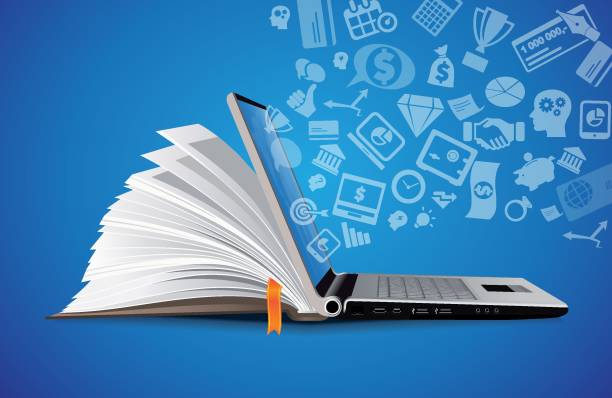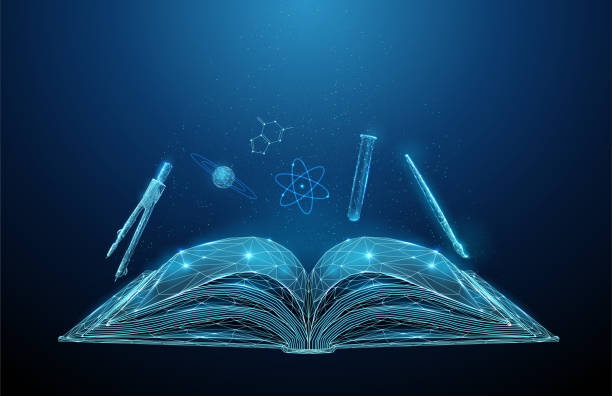Does Modern Technology Help Improve the Educational Process?

We all know that technology pervades almost every aspect of our lives. We use it for communication, information, entertainment, and more. Education is no exception, as technology has become an integral part of the learning process. Some people might wonder if modern technology really helps improve the educational process. The answer is, unequivocally, yes!
There are countless examples of how technology can help improve student learning. For instance, online textbooks and databases allow students to access information instantly, which can be extremely helpful when completing homework or projects. Additionally, many teachers now use online tools, such as discussion boards and wikis, to facilitate class discussions and collaboration. These tools allow students to share ideas and learn from each other in a more interactive and engaging way.
What Is Modern Technology?
Recent studies have shown that using modern technology in the classroom can help improve student engagement, comprehension, and retention. By implementing various online tools and platforms, educators can provide engaging learning environments that support student success.

What Is The Role Of Technology In Education?
Technology has become an integral part of education, both in traditional and online settings. It can be used for a variety of purposes, including assessment, communication, collaboration, learning management systems (LMSs), and tracking student progress.
There are many benefits to using technology in the educational process. For one, it can help with assessment. Technology can provide teachers and parents with feedback on student progress and knowledge, which can help them identify areas where students need improvement. Additionally, it can help students communicate with each other and with teachers outside of class. LMSs can also provide a centralized location for students to store their homework and course materials, making it easier for them to access them when needed.
However, there are also some drawbacks to technology use in education. One is that it can impede student creativity and spontaneity. Many LMSs require students to use pre-determined questions and responses in order to submit homework or coursework, which can stifle their creativity. Additionally, technology can sometimes create distractions for students while they’re trying to learn. In some cases, this may be exacerbated by the use of social media in schools. Overall, the role of technology in education is complex and nuanced.
How Does Modern Technology Help Improve The Educational Process?
There is no doubt that modern technology has improved the educational process in many ways. For example, online learning platforms allow students to interact with professors and other students from around the world, making learning more interactive and interesting. Additionally, video lectures and other online resources can help students retain information better. Overall, modern technology has helped make learning more efficient and enjoyable for students of all ages.
Case Studies Of How Modern Technology Has Helped Improve The Educational Process.
Technology has always been a part of education, from books to lectures to flashcards. However, in the past technology was often used as a way to replace traditional learning methods. Today, technology is used to complement and extend traditional education methods. In particular, modern technology is used to create digital content and tools that can be used in classrooms. Here are three case studies of how this has helped improve the educational process.
Case Study: Stanford University
Stanford University is one of the most prestigious universities in the world. It has a long history of using technology to improve its educational process. For example, Stanford pioneered online learning in the 1990s. Today, online learning is a standard part of the Stanford curriculum.
One reason for Stanford’s success with online learning is that it uses digital content and tools. For example, students can access digital textbooks and course materials online. This allows students to learn at their own pace and anywhere they have access to an internet connection. Additionally, digital tools allow instructors to track student progress and measurement tools to assess student learning outcomes.
Benefits of Using Technology in Education

There are many reasons to consider using technology in the classroom. Below are ten benefits of using technology in education:
1. Technology can help teachers be more efficient. Teachers can use technology to keep track of student work and grades and to communicate with parents or other students.
2. Technology can help students learn more effectively. In addition to providing audio/visual materials, modern tools such as interactive whiteboards and tablets allow students to interact with information in a more active way. This can help them retain information better and improve their problem-solving skills.
3. Technology can help instructors teach new material more effectively. With online resources and multimedia tools, instructors can quickly and easily create videos or PowerPoint presentations that illustrate the concepts they are trying to teach. This helps students understand the material better and reduces the amount of time it takes for them to learn it.
4. Technology can keep classrooms organized and clean. Student work posted on digital boards or shared on social media can be tracked easily, making it easier to determine who is responsible for what task and keeping the classroom free from distraction.
5. Technology can provide instant feedback for students. With interactive learning tools such as quizzes, digital badges, and adaptive tests.
Conclusion
There is no doubt that technology has changed the way we learn and digest information. Whether it’s through using online resources or attending educational seminars in person, modern technology can make a big difference when it comes to our education. Some people might say that this change has harmed the quality of education, but I believe that it has actually improved it in many ways. For example, students now have access to information at their fingertips, which allows them to learn more efficiently and effectively.
In addition, online courses allow students from all over the world to participate in lectures and discussions, which provides them with a more complete understanding of the material. Overall, I think that modern technology has helped improve the educational process by providing us with more efficient ways to learn new information and enhance our overall understanding of the subject matter.

Lyle Vasquez is a technology blogger based in Connecticut. He has been passionate about technology since early childhood when he used to take apart and rebuild computers in his parent’s garage. Lyle’s tech-related blog posts are written to help others learn how to use the latest technology tools and devices. He loves to find new ways to integrate technology into everyday life. Lyle is a great resource for tech enthusiasts looking to stay up to date on the latest technologies.








